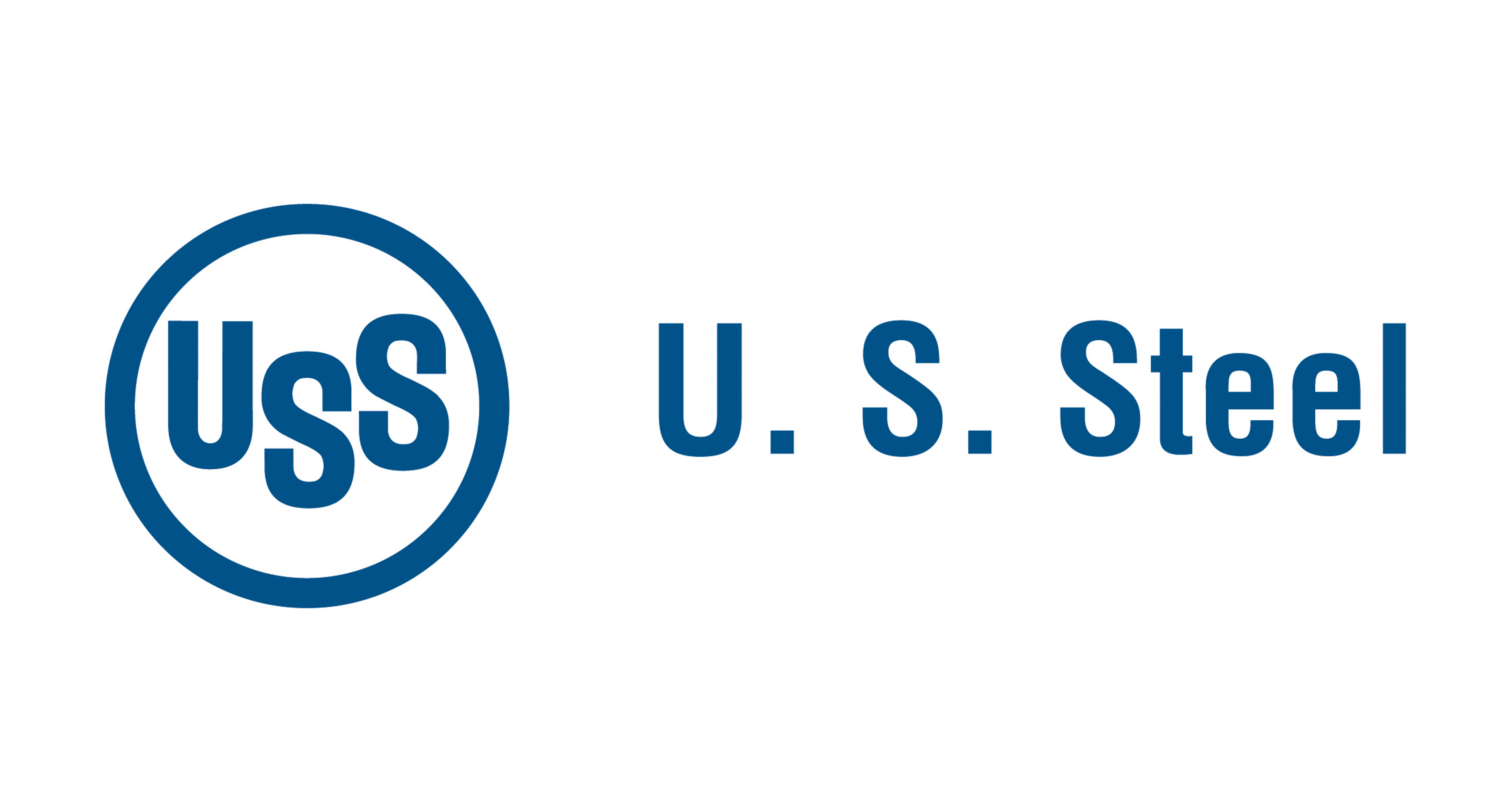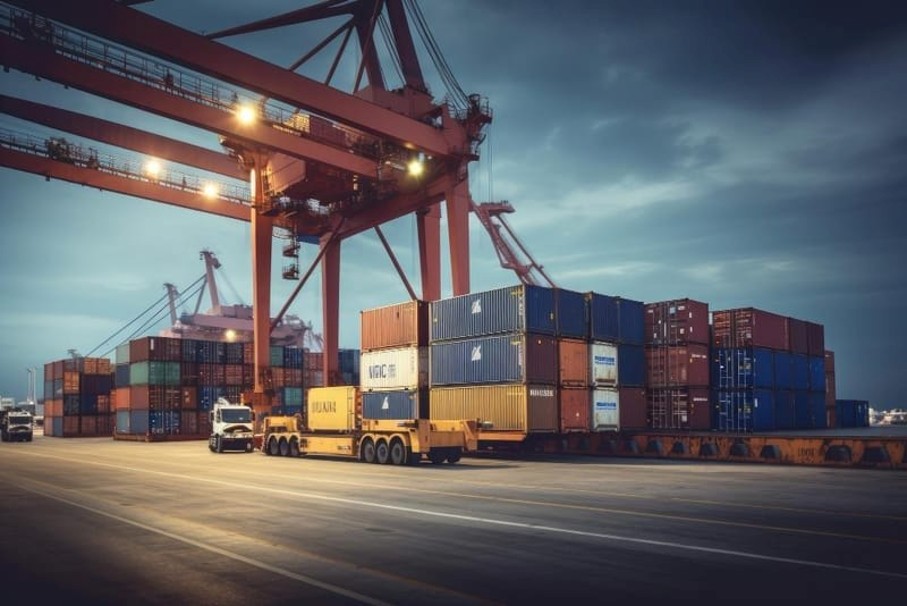Government/Policy

January 15, 2017
Trade Cases: Uncertainty About Scope
Written by John Packard
We were asked a question by one of our readers regarding importations of fabricated steel products. They wanted to know how can their company be assured the roll-formed products made from steels covered under the AD/CVD orders are exempt from the scope of the orders. We turned around and asked trade attorney Lewis Leibowitz to weigh in on the subject and we thought his comments were important and needed to be shared with our readers:
The scope of an antidumping or countervailing duty order goes to the heart of trade law and policy. Antidumping and countervailing duty orders are limited to products within the “scope” of the order. In the US, the scope is determined by the verbal description of the covered products. The tariff classifications covering most or all of the covered items are generally listed as part of the scope description. They are not conclusive; however, it is also true that tariff classification is relevant in interpreting the scope. Therefore, if the tariff classification of an item is not listed as part of the scope of an order, it is a point suggesting that the product may not be within the scope of the order. But it is not all you need to know.
 In theory, the scope of an order may not be enlarged, except by a “circumvention” ruling (minor additions to value of a product to take it out of the scope). But Commerce often interprets scope language to include products that are arguably outside the scope. For importers, finding out before the product comes to the US can be critically important.
In theory, the scope of an order may not be enlarged, except by a “circumvention” ruling (minor additions to value of a product to take it out of the scope). But Commerce often interprets scope language to include products that are arguably outside the scope. For importers, finding out before the product comes to the US can be critically important.
There is a lot of uncertainty about scope; I believe this uncertainty is no accident. Many features of AD/CVD law are designed to stop imports for the benefit of domestic petitioners. The uncertainty furthers this goal.
Any importer can obtain a scope ruling from the Commerce Department after a product is imported. The request must be carefully prepared and the consequences of an unfavorable ruling should be weighed before filing.
While Commerce determines the scope of an AD/CVD order, a Customs ruling can help sometimes. Customs can issue a ruling on the proper classification of an imported product. If a ruling has been issued on a product, and the tariff classification is not listed in the AD/CVD scope, an argument can be made that the product is arguably outside the scope. However, as noted above, that argument could be contested if the Department or the petitioners cite language in the scope that tends to support inclusion. If an importer is not sure of the tariff classification of its products, it would be prudent to get a Customs ruling before going to Commerce.
Orders may be modified to remove a product from the scope. This is not an easy course, but it works sometimes. If petitioners do not have any interest in making a specific product, and that product does not compete with any products made in the US, the petitioners may agree to a modification of the scope. If the petitioners agree that they did not intend to include a product within the scope, then the matter is resolved.
Obviously, any course of action is highly fact-specific and requires thorough analysis. The structure of the trade remedy laws is to make importing products that may be covered by an order as risky as can be managed. Congress needs to be informed that the law is unfair to many importers, whose financial survival may be determined by the Commerce Department. Providing more certainty in advance of importing is, in my view, an improvement to the law that is important for jobs in the United States, in importing, transportation and downstream manufacturing.
SMU Note: Mr. Leibowitz responded to a question we had about the potential to expand the scope of an original order. He told us that the law does not permit “outright expansion” of the scope of an order – except through circumvention. Therefore, it is quite important to watch the current inquiry regarding China/Vietnam circumvention on cold rolled and corrosion resistant steels. “If the Commerce Department finds circumvention despite the substantial transformation of cold-rolled steel to corrosion-resistant steel in Vietnam, then I suppose almost anything is possible.”
He went on to say that any new complaints would most likely have to come direct from the petitioners (steel mills). His opinion is if the mills win the circumvention complaint against Vietnam then we should expect more challenges.
If you would like to contact Lewis Leibowitz directly he can be reached at: 202-263-4629 or by email: lewis.leibowitz@lellawoffice.com.






